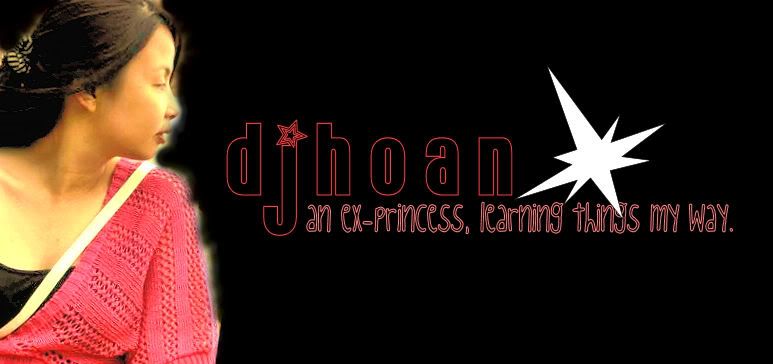Friday, 29 February 2008
leap year explained |
0 hits
Why do we need leap year?
The Gregorian calendar, which now serves as the standard calendar for civil use throughout the world, has both common years and leap years. A common year has 365 days and a leap year 366 days, with the extra, or intercalary, day designated as February 29. A leap year occurs every four years to help synchronize the calendar year with the solar year, or the length of time it takes the earth to complete its orbit about the sun, which is about 365¼ days.
The length of the solar year, however, is slightly less than 365¼ days—by about 11 minutes. To compensate for this discrepancy, the leap year is omitted three times every four hundred years.
In other words, a century year cannot be a leap year unless it is divisible by 400. Thus 1700, 1800, and 1900 were not leap years, but 1600, 2000, and 2400 are leap years.
What are your chances of being born on leap day?
About 1 in 1500.
How many people were born on leap day?
There are about 187,000 people in the US and 4 million people in the world who were born on Leap Day.
The rules for determining a leap year
Most years that can be divided evenly by 4 are leap years.
Exception: Century years are NOT leap years UNLESS they can be evenly divided by 400.
When did leap year originate?
The Gregorian calendar is closely based on the Julian calendar, which was introduced by Julius Caesar in 45 BC. The Julian calendar featured a 12-month, 365-day year, with an intercalary day inserted every fourth year at the end of February to make an average year of 365.25 days. But because the length of the solar year is actually 365.242216 days, the Julian year was too long by .0078 days (11 minutes 14 seconds).
This may not seem like a lot, but over the course of centuries it added up, until in the 16th century, the vernal equinox was falling around March 11 instead of March 21. In 1582, Pope Gregory XIII adjusted the calendar by moving the date ahead by 11 days and by instituting the exception to the rule for leap years. This new rule, whereby a century year is a leap year only if divisible by 400, is the sole feature that distinguishes the Gregorian calendar from the Julian calendar.
Following the Gregorian reform, the average length of the year was 365.2425 days, an even closer approximation to the solar year. At this rate, it will take more than 3,000 years for the Gregorian calendar to gain one extra day in error.

Labels: events

